How much do we know about the largest museum in Central Asia? Did you know that such a cultural object is located in our capital? The National Museum of the Republic of Kazakhstan started its activity 8 years ago, but many residents and guests of the capital still do not know what one of the largest cultural objects in the country holds. Our editorial staff decided to wander through the countless halls of the museum and tell readers in detail about everything. To begin with, the grandiose structure was opened in 2014 on the Day of the Capital and is the largest museum in Central Asia.
The significant cultural object is conveniently located on Independence Square harmoniously intertwining in one architectural ensemble with the monument "Kazakh Eli", the Palace of Independence, the Palace of Peace and Harmony, the cathedral mosque "Hazret Sultan" and the National University of Arts. That is, the location is the most ideal in order to immerse yourself in the atmosphere of art.
What does the museum conceal inside itself?
The main activity of the National Museum is, of course, the storage of artifacts that make up its main fund. Such cultural relics include archaeological finds of several mounds (including gold products), Botai settlement and ancient cities located on the Kazakh territory. The most famous exhibit is the "Issyk Golden Man", which was discovered more than half a century ago. The "Saka warrior in golden robes" is a real Symbol of Kazakhstan, so its copies and sculptural compositions can be found in different cities of the Republic.
Hall of Ancient and Medieval History
Kazakhstan has a rich past, so the exposition is very voluminous. Almost 5,000 copies are kept in the museum collections, of which only a small part is still on display in the hall. The material is divided into four groups based on the sequence of historical epochs — the Stone, Bronze, Iron Age and the Middle Ages. There is also one subsection that is devoted to anthropological research.
Hall of History of Kazakhstan
In this hall, the main attention is paid to the period of the emergence of the Kazakh state. The exposition shows and tells about the fateful moments, historical facts, the Hundred Years' war, outstanding personalities, national culture, spiritual heritage of the ancestors of modern Kazakhs. Old photographs and books, household utensils and weapons of Kazakh batyrs are exhibited here. The presented material tells about the problems of the last century — the revolution, the repression and famine that followed it, about the heroes of the Second World War, the Afghan conflict and the Semipalatinsk training ground. The best aspects of the 20th century are also affected — the development of virgin lands, the development of cities, industry and science.
Hall “Traditional culture of Kazakhs”
Here visitors of the National Museum can learn about the culture, economic life of nomadic and settled Kazakhs. In the Hall there is a traditional dwelling of cattle breeders and a huge number of unique handicrafts are placed. The circular screen shows a video sequence of documentary evidence of the lifestyle and way of life of the local people. Information kiosks provide reference and information data.
Hall of Independent Kazakhstan
The exposition tells about the New Time of the country, which began after the collapse of the Soviet Union, when the Republic gained its sovereignty. Achievements in economics, industry and science are clearly demonstrated here. LED screens complement the impressions of what they see with a visual series.
The Hall of the capital
The materials are placed in 9 halls, allowing you to immerse yourself in different epochs of the history of the modern capital of Kazakhstan, since ancient times. The expositions are supplemented with multimedia effects and a narrative about when, why and how many times the city changed its name. A miniature model of the Kazakh capital with amazing lighting is presented in one of the rooms. Each of the 16 kiosks is dedicated to a separate branch of the economy.
Two Halls of Gold
The main pride and the real treasury of the National Museum is two halls of gold. There are exhibits really made of gold. They were found during excavations of Scythian mounds and burials of Saka leaders. The expositions cover the period from the Bronze Age to the Golden Horde era. Models of various burials, jewelry and clothing made of precious metal are presented in the halls. The main exhibit of the Halls is the famous "Golden Man".
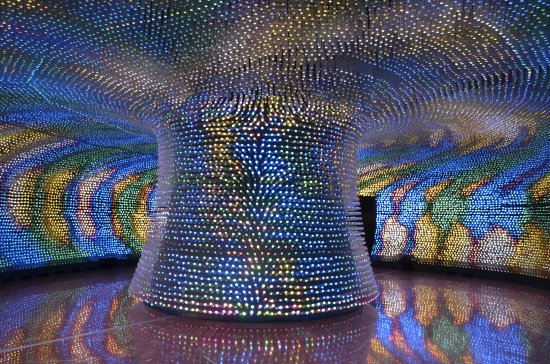
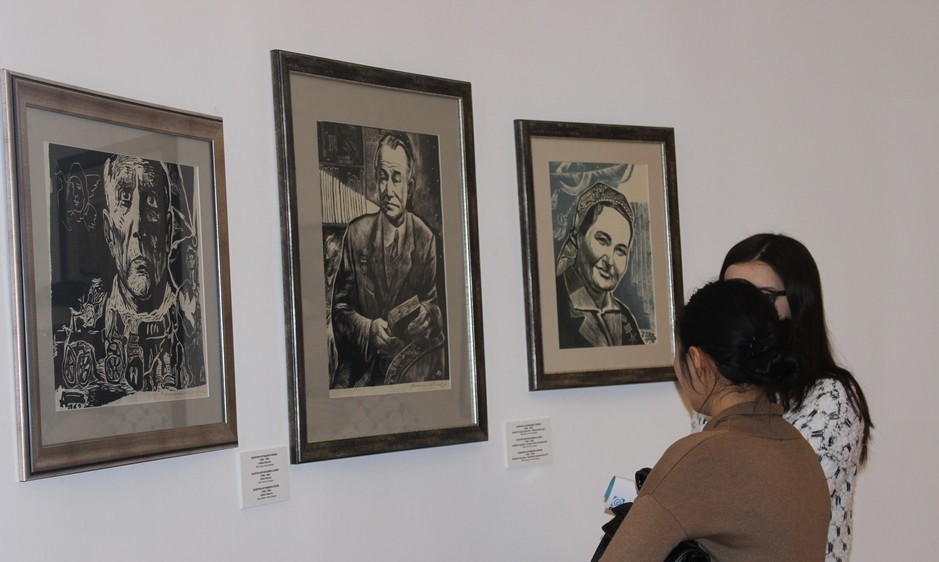
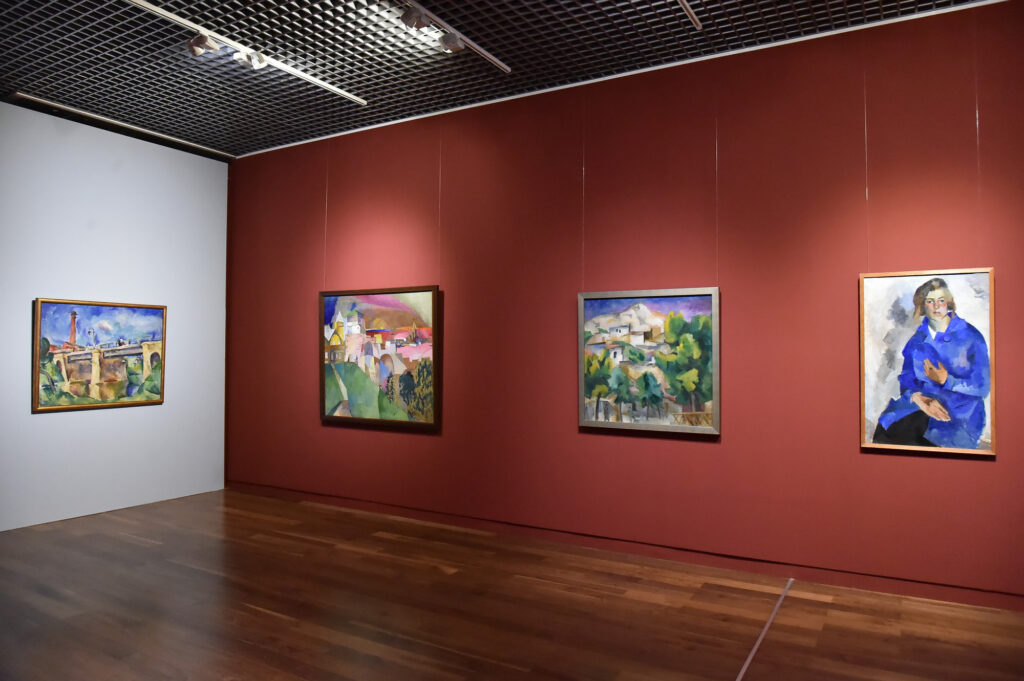
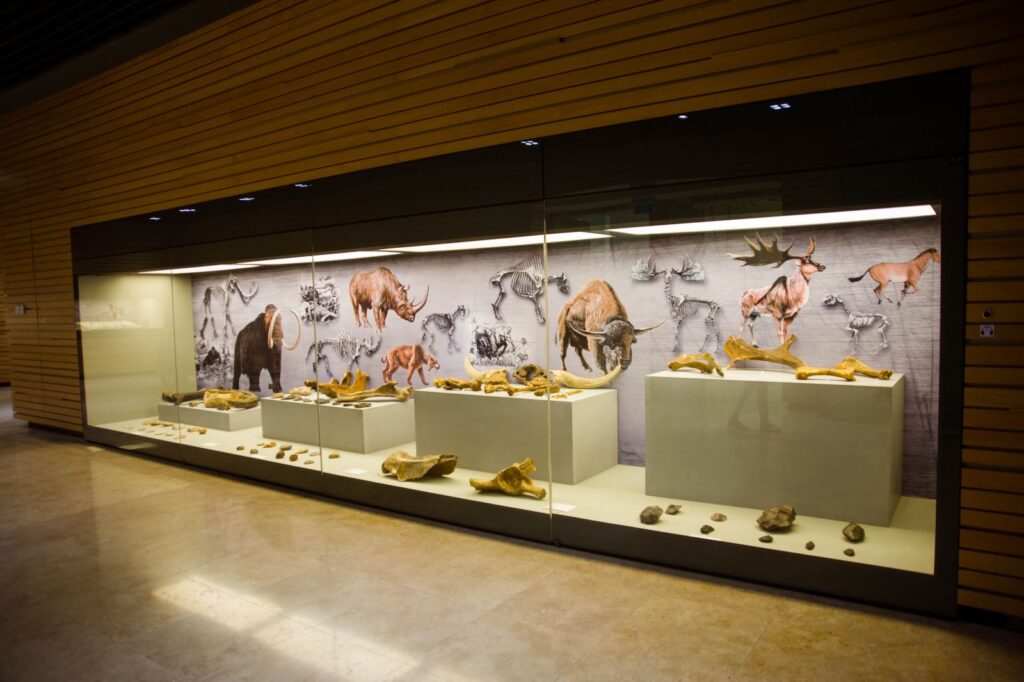
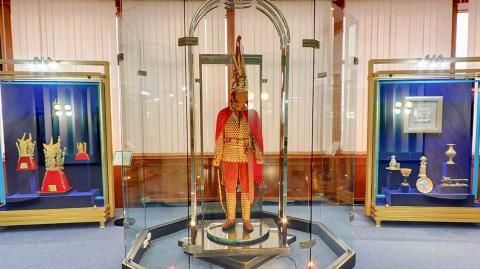
Hall “Intangible Cultural Heritage”
The exposition of the hall consists of 8 sections and is accompanied by video content. Intangible cultural heritage of the Republic of Kazakhstan - customs, forms, representations and expressions of knowledge and skills, as well as related tools and objects passed down from generation to generation and being intangible cultural value.
Hall “Asyl Mura”
The main part of the exposition consists of museum items from private collections. The collection of the statesman Imangali Tasmagambetov is a unique collection of masterpieces of applied art of the Kazakh people of the 18th and 20th centuries. There are also jewelry, women's and men's belts, horse ammunition, archaeological items.
Hall of Graphics and Sculpture
The exposition tells about the formation of a professional school of fine arts in Kazakhstan and presents the works of such masters as in graphics — E. Sidorokin, A.Dinikeev, U. Azhiev, N.Ashtem, S. Aitbayev, M. Yerzhanov, A. Ismailov, A. Akanaev, K.Zakirov, P.Antonenko, N. Gaev, V. Tolchinsky, in sculpture — K.Nurbaturov, A.Bilyk, Y.Bushtruk, E. Mergenov, E. Sergebaev, A. Kumarov, D.Sarsekeev, N.Mukhataeva, P.Ivanov, D. Brodskaya.
The museum develops various types of excursions — sightseeing and thematic, philosophical, special programs in the form of interactive classes and game excursions. You can follow the current exhibitions on the official website of the National Museum https://nmrk.kz/ru/
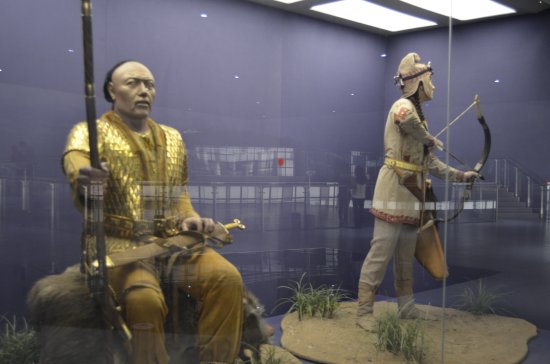
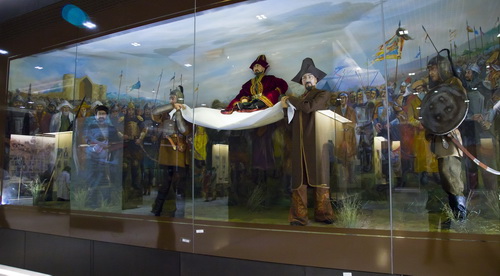
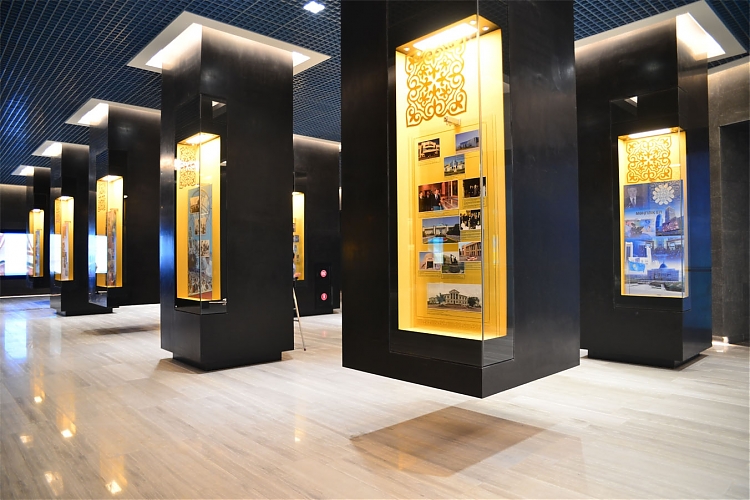

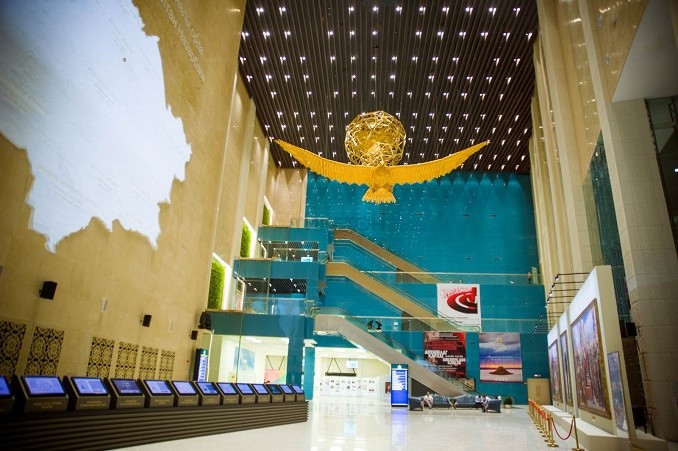

Entrance tickets to the Museum — for adults — 700 tenge, for students — 500 tenge, for students and pensioners — 300 tenge. Visiting the Gold Hall No. 1, 2 — for adults — 1000 tenge, for students — 500 tenge, for students and pensioners — 300 tenge.
Every third Sunday of the month is allocated for free admission.
Working hours from 10.00 to 18.00, Address — Tauelsizdik Avenue 54.
PHONE (REFERENCE) +7 7172 919035, PHONE (RECEPTION) +7 7172 919028
Material prepared by Zarina Kusanova



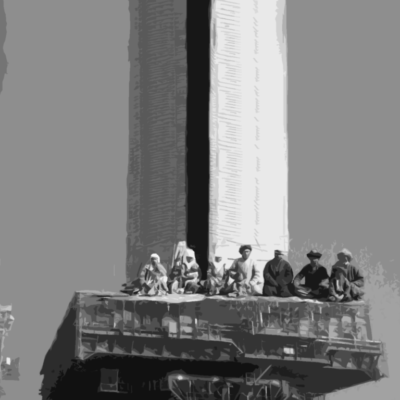
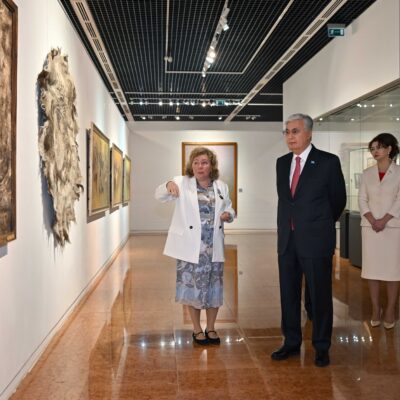
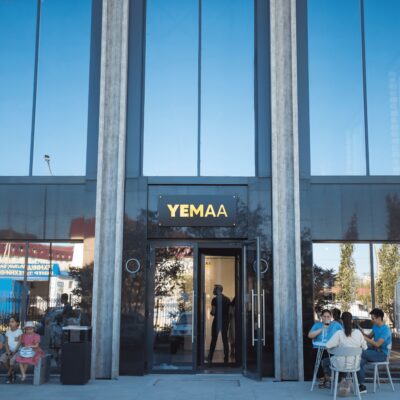
Tashkent Art: a guide to museums and galleries
Alakai, meet me!Artist Aigerim Karibaeva about her new eco-toys